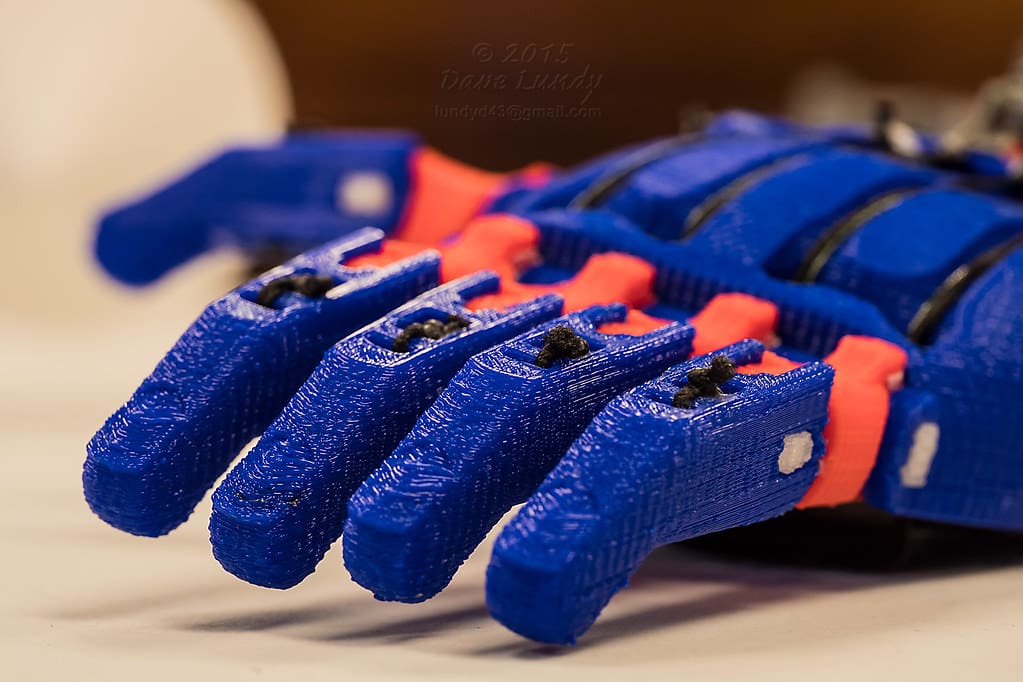Biomechatronics engineering is a multidisciplinary field that integrates biology, mechanics, and electronics to develop devices and technologies that interact with human biological systems in an efficient and seamless manner. These devices often include prosthetics, orthotics, and wearable technology that enhance or replace human biomechanical functions. 3D printing, also known as additive manufacturing, has emerged as a transformative force in biomechatronics, providing bespoke solutions that match the complex and varied needs of individual users with unprecedented precision and flexibility.
The Emergence of 3D Printing in Biomechatronics Engineering
Initially used for rapid prototyping, 3D printing has quickly become integral to the production of functional biomechatronic devices. Its ability to create complex, customized, multi-material items makes it particularly suited to this field, where each device must often be tailored to fit the unique physiological and biomechanical requirements of its user. As 3D printing technology has evolved, it has enabled the direct manufacture of devices that are not only functional but also biocompatible and mechanically robust.

Advantages of 3D Printing in Biomechatronics Engineering
Customization and Personalization: 3D printing allows for high levels of customization without significant increases in cost or production time. This is crucial in biomechatronics, where devices such as prosthetic limbs or orthotic braces must closely conform to the user’s body to function effectively.
Complex Design Possibilities: The technology excels at producing complex designs that traditional manufacturing methods cannot achieve easily. This includes intricate internal structures that can mimic the natural movement of human limbs or create lightweight yet durable components.
Rapid Prototyping and Testing: Engineers can quickly prototype new designs, test them, and iterate based on feedback, significantly accelerating the development process and improving the final product’s performance and user satisfaction.
Integration of Multiple Materials: Modern 3D printers can handle multiple materials in a single print run, allowing for the production of components with varied properties (such as rigidity and flexibility) placed precisely where needed within a single structure.
Key Applications of 3D Printing in Biomechatronics Engineering
Prosthetic Limbs and Components: Prosthetics need to be highly customized to fit individual users and often require complex, lightweight structures that can be costly and time-consuming to produce with traditional methods. 3D printing allows for the rapid production of prosthetic components tailored to the user’s specific needs.
Wearable Sensors: 3D printing is used to create custom housings for biomechanical sensors that monitor various health metrics. These devices can be designed to fit comfortably and securely against the wearer’s body, improving data accuracy and user compliance.
Orthotic Devices: From spinal braces to foot orthoses, 3D printing enables the creation of fully customized orthotic devices designed for optimal fit and functionality, significantly enhancing patient comfort and treatment outcomes.
Rehabilitative Devices: Biomechatronic devices that aid in rehabilitation, such as exoskeletons, can be 3D printed to ensure they align perfectly with the user’s body and specific therapeutic needs.

Challenges in 3D Printing for Biomechatronics Engineering
Material Strength and Durability: The materials used in 3D printing must be capable of withstanding the wear and tear of daily use, especially in components that bear weight or experience high stress.
Biocompatibility: For devices that contact the user’s skin or are implanted, materials must be biocompatible to avoid adverse reactions. Ensuring this compatibility while maintaining other mechanical properties is a significant challenge.
Precision and Reliability: Ensuring consistent quality and precise dimensions in printed components is crucial, particularly for biomechanical devices that must fit precisely to function correctly.
Regulatory and Ethical Considerations: Biomechatronic devices often face stringent regulatory scrutiny, particularly those that are invasive or critical to health. Navigating this regulatory landscape can be complex and time-consuming.
Future Directions in 3D Printing for Biomechatronics Engineering
Advancements in 3D printing technologies continue to drive innovation in biomechatronics. Future developments may include new biocompatible materials that offer enhanced durability and functionality, improved multi-material printing techniques, and increased automation in the design and manufacturing process. Additionally, integration of electronics directly into printed structures could open new possibilities for smarter, more responsive biomechatronic devices.
3D printing is reshaping biomechatronics engineering by enabling the creation of highly customized, functional devices that significantly improve the quality of life for users. As the technology continues to evolve, it promises to further enhance the capabilities and accessibility of biomechatronic devices, making advanced personal healthcare solutions more widely available and effective. This ongoing revolution in 3D printing technology holds the potential to fundamentally alter how biomechatronic devices are conceived, designed, and deployed.








